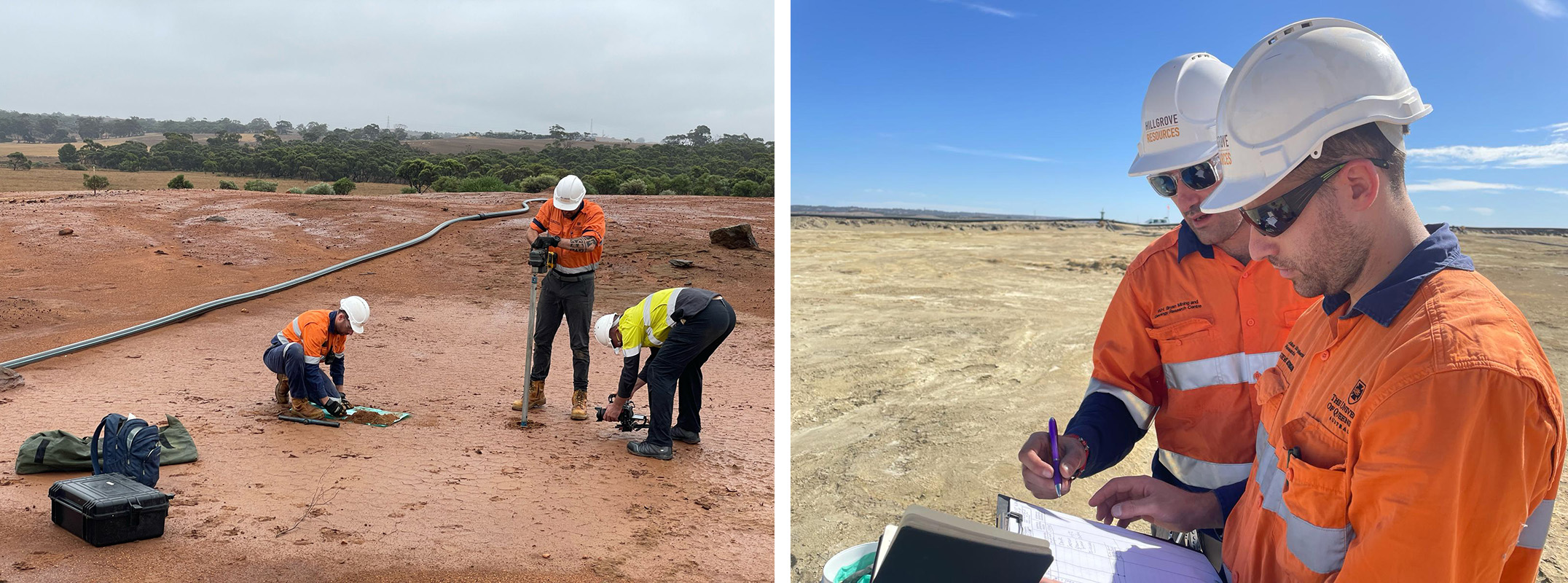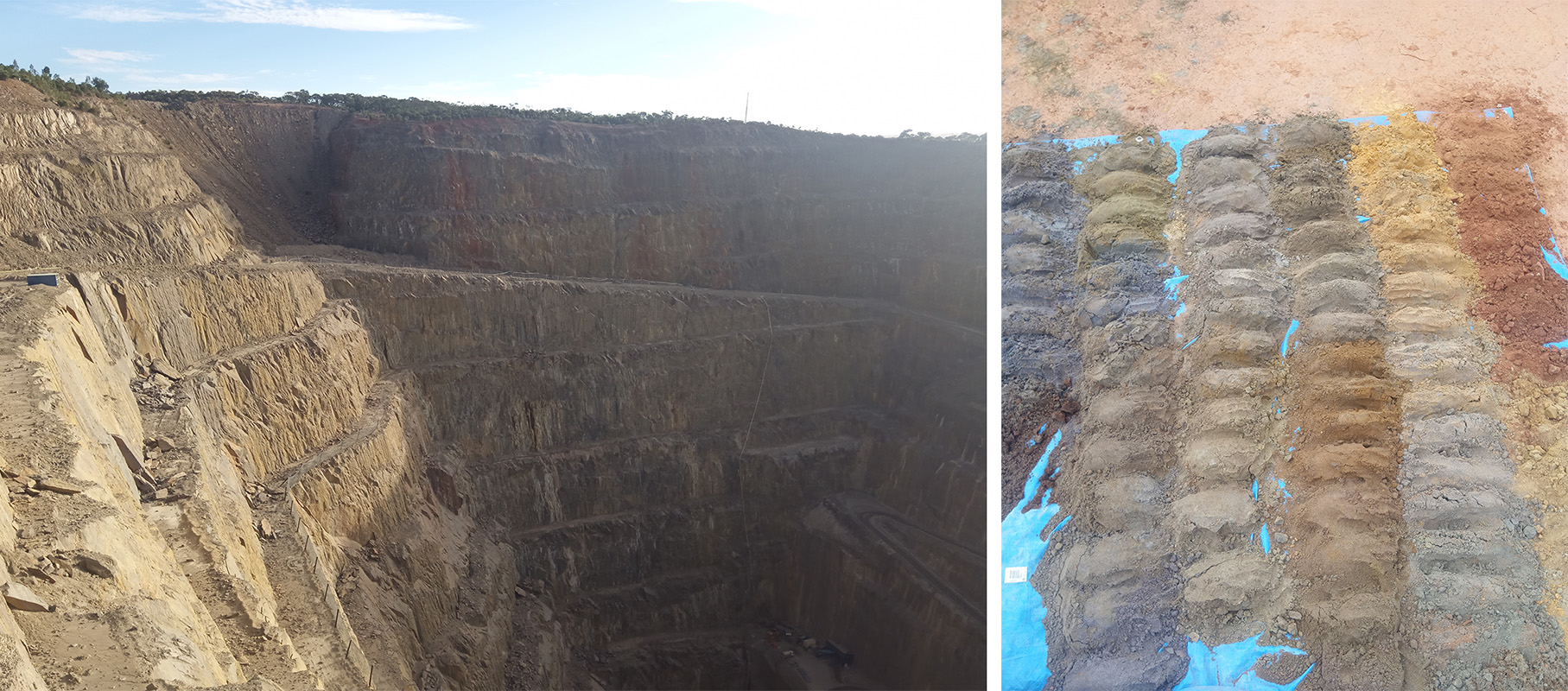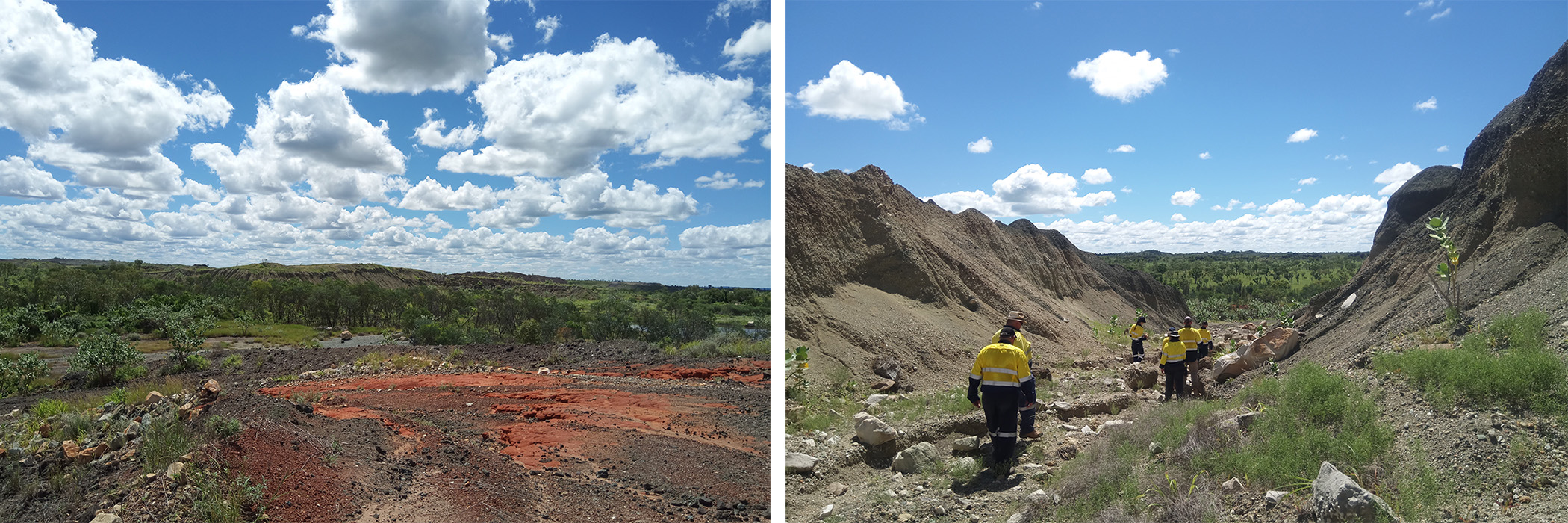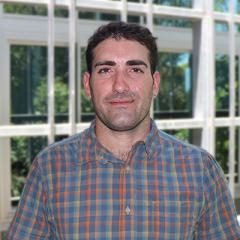Reflections on first MIWATCH sampling visits
Research Officer Francesco Colombi in the WH Bryan Mining Geology Research Centre (BRC) reflects on the first months into his postdoctoral career with the Mine Waste Transformation through Characterisation (MIWATCH) group.
In January, I kicked off my postdoctoral career with the Mine Waste Transformation through Characterisation (MIWATCH) group. I started this role expecting to delve into the complexities of mine waste management and hoped to put into action the many skills learnt during my PhD (Understanding the long-term geochemical pathways of mining waste using legacy tailings from Victorian Goldfields). I never would have thought that I would experience so many different working and cultural environments in such a short time!
The Australian Mine Waste Symposium in February marked a pivotal moment in my journey. Surrounded by passionate individuals from academia, government, and industry, I found myself immersed in a melting pot of ideas and perspectives. Networking became a conduit for collaboration and growth. March offered me the invaluable opportunity to engage in two MIWATCH fieldworks. From the rugged terrains of South Australia to the vast landscapes of Western Australia. Each trip was a testament to the Sustainable Minerals Institute’s (SMI) commitment to hands-on learning and innovation.
South Australia
From the 11th to the 15th of March, Anita Parbhakar-Fox, Gabriele Baldassarre and I flew to South Australia for a sampling fieldwork at the Kanmantoo copper (Cu) mine site, 50 minutes southeast of Adelaide. Gabriele, a PhD student at the Politecnico of Turin in Italy, joined MIWATCH for the Australian Mine Waste Symposium and worked with us for 8 weeks. Having the opportunity to work together actively in the field under the supervision of Anita was an unforgettable experience.

Undertaking my inaugural fieldwork with MIWATCH was an exhilarating endeavour. I really tried to get the most out of this sampling campaign. This expedition marked not only my introduction to MIWATCH’s meticulous methodologies but also my voyage into the realm of tailings sampling and logging on an actual mine site. This was also my first fieldwork on an actual mine site.
Working at the Kanmantoo mine site proved very instructive, particularly in gaining insight into the dimensions and geometries of mine waste deposits in proximity to mining operations. While conducting fieldwork, we were paid a visit by representatives from the Geological Survey of South Australia (GSSA) who were keen to learn about our sampling techniques. This led to the capturing of footage using both a camera and a drone. Sampling both a current and historic tailings storage facility provided a valuable opportunity to diversify my fieldwork experience. We are excited to see what chemical and mineralogical variability we will unravel when we collect these datasets (samples currently in the labs).

Western Australia
From the 24th to the 27th of March, I travelled to Western Australia for a site inspection at the Ellendale diamond mine site, located to the southeast of Derby as part of MIWATCH’s from ‘valorisation to sequestration’ project funded by the Geological Survey of Western Australia (GSWA). As I stepped onto the Kimberley region driving from Broome northwest to Derby, I was immediately greeted by an immense landscape, a tableau of natural beauty.

I was accompanied on this site inspection Western Australian Government experts Tara Read (General Manager, Abandoned Mines Program) and Shayne Lowe (Project Manager, Abandoned Mines Program), with many decades of expertise between them in the mining sector, particularly in rehabilitation. Spending time with them gave me the chance to exchange insights and deepen my understanding of the extensive efforts involved in not just mining itself, but also in the vital tasks of maintaining and rehabilitating the land once mining activities end.
At Ellendale, emerging from the depths of the Earth are precious bodies of lamproites, which are hosts of yellow diamonds. The area is adjacent to the site is an imposing limestone bank which stretches to the horizon, a majestic testimony of ancient marine basins and their shallow waters that once embraced this land.

Reflecting on my journey thus far, MIWATCH has provided me with a platform to not only expand my skill set but also broaden my worldview. As I continue to navigate this dynamic landscape, I am grateful for the opportunities that lie ahead. During my time with SMI, I am confident that we will unravel solutions addressing the major challenges of mine waste management, one fieldwork at a time.

